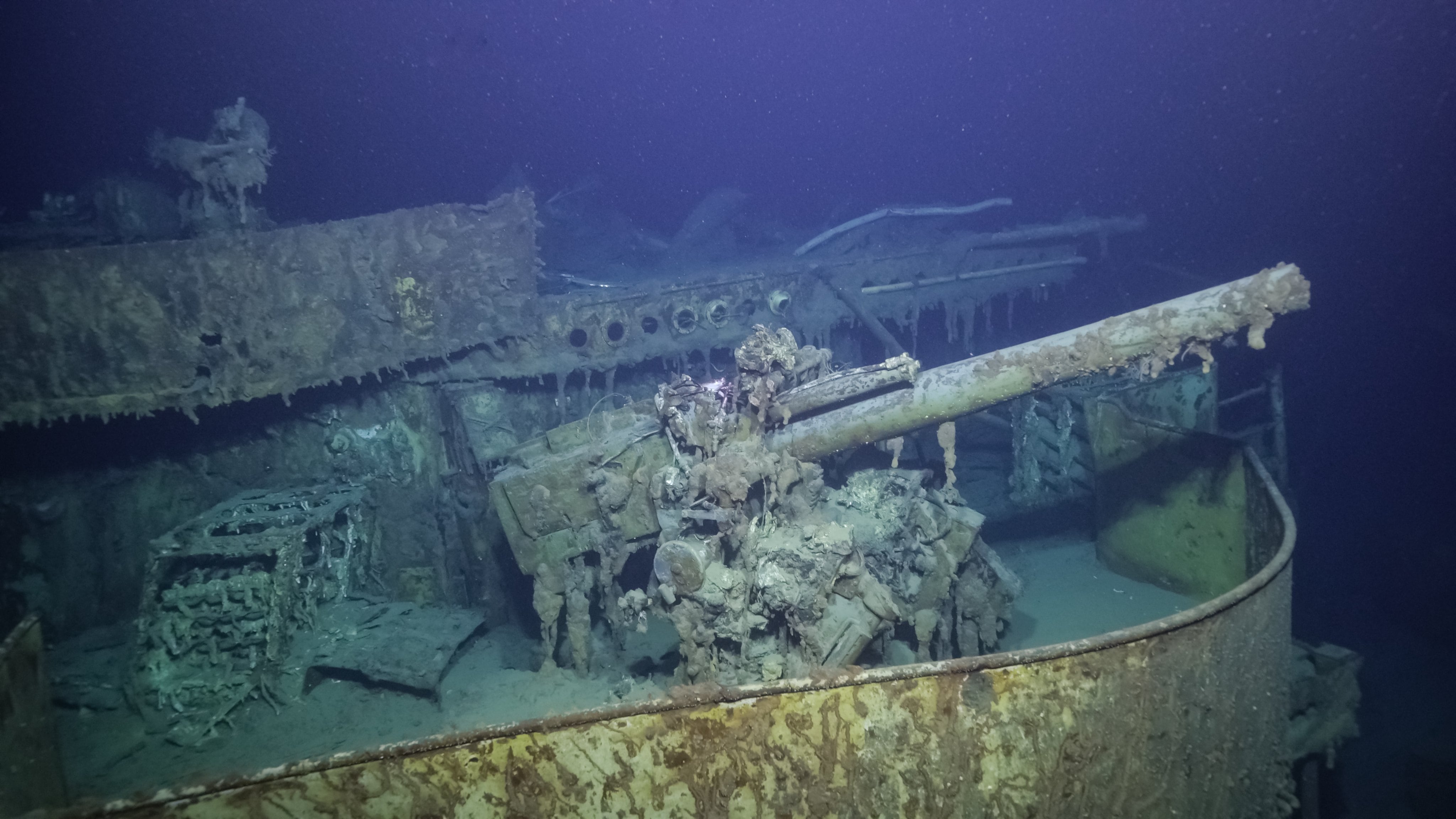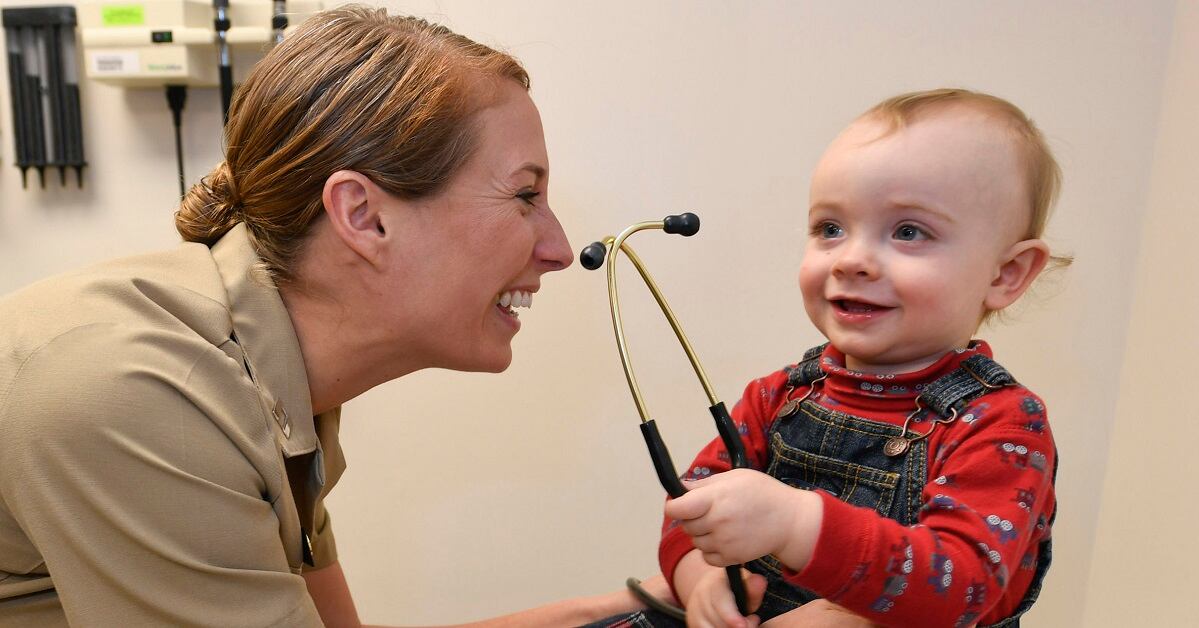After 22 days above and below the sea, the Maritime Archaeology of Guadalcanal expedition (NA173) concluded its comprehensive and historic surveys of the infamous Ironbottom Sound — and the results are stunning.
Led by Ocean Exploration Trust aboard Exploration Vessel Nautilus, live video available for everyone around the world captured more than a dozen vessels lost during the Solomon Islands campaign of 1942, imaging four ships for the first time and discovering two previously lost to history: the bow of the heavy cruiser New Orleans and the Imperial Japanese Navy destroyer Teruzuki.
The team, led by explorer Dr. Robert Ballard, explored the waters surrounding the Solomon Islands using their remotely operated vehicles alongside the mapping capabilities of the University of New Hampshire’s uncrewed surface vessel DriX.
“It was wonderful to return to Iron Bottom Sound, where we discovered Japanese, Australian and American warships over 34 years ago,” Ballard said at the conclusion of the mission. “This expedition was special, allowing us to film these sites in a manner not possible back then, as well as document other ships, while at the same time sharing our work live to the entire world.”
The team conducted surveys in Ironbottom Sound, where five major naval engagements took place between August and December 1942 during the World War II Campaign for Guadalcanal, writes Dave Kindy. More than 20,000 personnel were killed, and 111 naval vessels and 1,450 aircraft were lost between Allied and Japanese forces.
To date, only 30 of the military ships lost in this area have been located.
Over the course of three weeks and over 138 hours, Ballard’s team mapped more than 1,000 square kilometers of the ocean floor, generating the highest-resolution maps of Ironbottom Sound ever created.
Ultra-high resolution visual and sonar data was also collected on the vessels: heavy cruisers Vincennes, Astoria, Quincy and Northampton; destroyers Laffey, DeHaven, Preston and Walke; Royal Australian Navy heavy cruiser Canberra; Imperial Japanese destroyer Yudachi; and a landing barge.

The team also allowed viewers unfettered, real-time access to their discoveries — streaming live for all 138 hours — allowing the public and those with personal connections to the watery battlefield a chance to engage with not only the history, but with the expedition team themselves.
More than 30 archaeologists from a coalition of nations, including Japan, Australia, New Zealand and the U.S., as well as over 130 experts from around the world, were able to tune in and offer valuable, real-time interpretations of the underwater survey.
And for military families, it wasn’t just sheets of rusted metal they were viewing, but tangible links to a war and loved ones lost during the Second World War.
“This expedition was a great opportunity to remember the valor and sacrifices of sailors who fought with extreme tenacity and skill, on both sides,” said Naval History and Heritage Command Director Samuel J. Cox. “Sailors don’t start wars, but they do what their governments ask, and in the waters of Iron Bottom Sound, they did their duty to the fullest.
“Yet, the end result of that terrible war brought not only freedom for the United States and Allies, but for Japan as well. This survey of the ships of the United States, Australia, and Japan will add immeasurably to the understanding of one of the most costly naval campaigns in history, a campaign that hopefully will never be repeated.”
Claire Barrett is the Strategic Operations Editor for Sightline Media and a World War II researcher with an unparalleled affinity for Sir Winston Churchill and Michigan football.





